Inside This Article
Sure, we call ourselves voice teachers – which is fine, that’s the accepted term in the marketplace, but just because “teacher” is in the title, does that really have to be what we do?
No. As Marie Forleo says, “Sell them what they want, give them what they need.” The average singer wants a voice teacher because that’s what they think they need, but what they don’t realize is that they don’t actually need a “voice teacher” at all, what they really need is a voice learning facilitator.
And, more to the point, you, teacher, don’t really want to be teaching either… What you really want to be doing is guiding your students’ learning. There’s a big difference! And when you get it you’ll see how much more pleasant, effective and creatively stimulating your “teaching” can be.
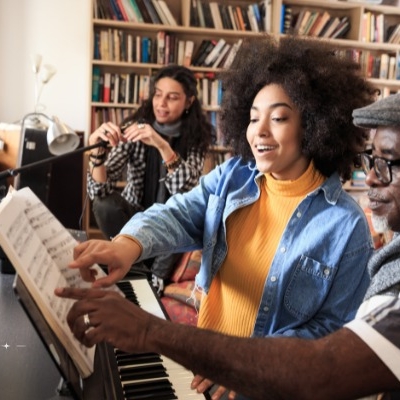
Let me break it down for you…
Teacher = someone who knows something, perhaps an expert, who tells someone else what to do, how to do it and when they are right/wrong, good/bad.
Facilitator = also someone who knows something, perhaps an expert, who does not tell someone else what to do, how to do it and when they are right/wrong, good/bad… but uses their intelligence, creativity and empathy to create learning situations in which another person can learn what they need to learn, how they need to learn it. The facilitator guides and influences, but does not force or correct, shame, blame or insist.
See the difference?
“The student should be able to say, in their own words, what I could have told them in the beginning.”
I like to say… “The student should be able to say, in their own words, what I could have told them in the beginning.” If that doesn’t happen, I don’t just tell, I “squeeze my brain” and keep creating situations for them in which they can, most likely come to the conclusion they desire.
When done well, the facilitation includes and integrates good technique, what we know from vocal science, vocal health measures, etc. All of the best practices that we’ve spent so long to master… BUT they are not imparted directly, they are “baked into” the lesson. They are felt and experienced and the student’s nervous system can learn all that they need to learn within that structure.
It is at once very precise and very open, clear, but also open to interpretation.
I call this kind of learning “guided independence.” (a.k.a Facilitation)
If you’re curious to learn how to make the paradigm shift from teacher to facilitator hunger no longer!
I’ve created a separate online program just for voice teachers that will guide you from teacher to facilitator, giving you all of the personal experience and theoretical background needed for you to make the transition in your own time as you continue to work with your current students and integrate the information and practices into your lessons in your own way.
THE SINGING SELF PROGRAM -TEACHER TRACK is built around the series TEACH WITHOUT TEACHING – a 6-part series that covers everything you’ll need to know in an organized way. You start with a basic intro to working somatically yourself, as a student (this is important!)
Then you look at 7 Somatic Learning Principles and how to apply them in your voice studio… the program also includes understanding the whole body/voice connections, functional vocal anatomy – soma style, how to apply somatic movement and learning strategies in our own lessons and how to work with the whole person! It’s an amazing series that simply and directly imparts EVERYTHING I have learned and discovered over the past 20 years working as a voice learning facilitator.

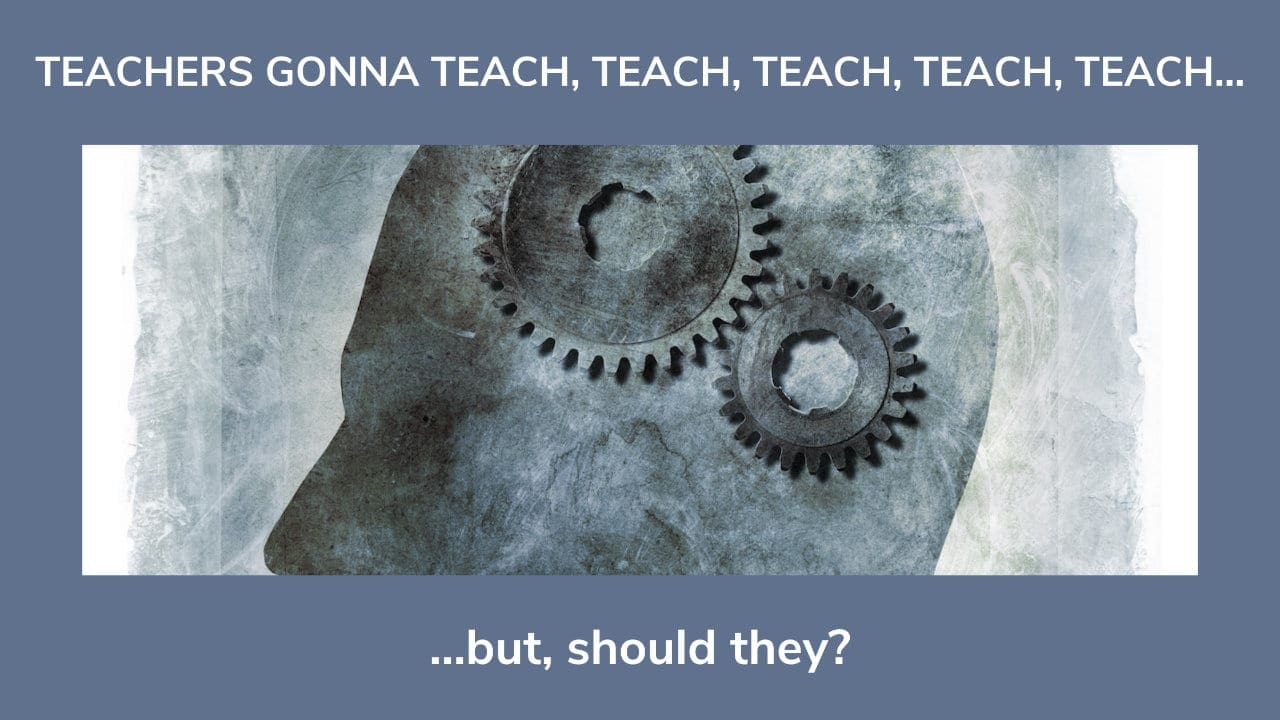
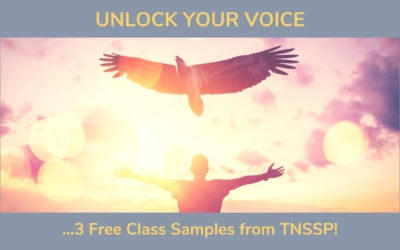
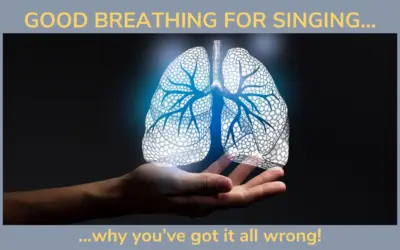
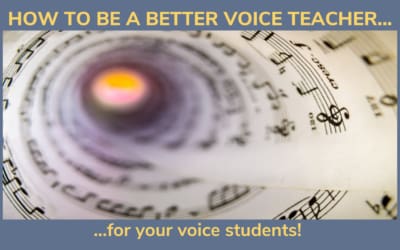
0 Comments